Introduction
Mercedes-Benz, a name synonymous with luxury, engineering excellence, and timeless design, has remained at the forefront of the automotive industry for over a century. As one of the world’s leading car manufacturers, Mercedes-Benz offers a diverse lineup that caters to various needs and desires, from the eco-conscious driver to the performance enthusiast. This article explores a comprehensive evaluation of Mercedes-Benz cars by delving into their performance metrics, technological innovations, design principles, safety standards, and overall brand legacy.
By examining key factors such as engine performance, fuel efficiency, interior comfort, driving dynamics, and market reception, this evaluation aims to provide a thorough overview of what it means to drive a Mercedes-Benz in today’s competitive automotive landscape.
I. The Legacy of Mercedes-Benz: A Century of Innovation
Mercedes-Benz’s origins date back to 1886 with the invention of the first petrol-powered car, the Benz Patent-Motorwagen, by Karl Benz. From that moment, the company has been a trailblazer in automotive engineering. As the inventor of the automobile, Mercedes-Benz has set the standard for performance, safety, and luxury.
- The Birth of the Modern Automobile: Explore the pioneering work of Karl Benz and Gottlieb Daimler.
- The First to Innovate: Introduction of technologies like airbags, anti-lock brakes, and the stability control system.
- Brand Evolution: From the classic 190 SL to modern-day models such as the S-Class and G-Wagon.
II. Performance Evaluation: The Heart of the Mercedes-Benz Experience
Mercedes-Benz has long been known for its performance-oriented vehicles, which blend power, refinement, and driving pleasure. Performance is one of the key pillars on which the brand has built its reputation.
- Engine Range: Mercedes-Benz offers a diverse selection of engines, including turbocharged, hybrid, and fully electric units.
- The AMG Line: The high-performance division of Mercedes-Benz, including iconic models like the AMG GT, E63 AMG, and SLS AMG.
- Electric Performance: The EQ brand signifies the automaker’s commitment to electrification without compromising performance.
- Transmission and Handling: Detailed evaluation of the 9G-TRONIC automatic transmission system and various suspension technologies, such as AIRMATIC and air suspension.
- Driving Dynamics: How well the car performs on the road, including acceleration, cornering, and overall handling. The role of dynamic drive modes (Comfort, Sport, etc.) and driving assistance systems.
- Track and Road Performance: Evaluate Mercedes-Benz’s participation in motorsports, particularly Formula 1, and how this influences the performance in consumer vehicles.
III. Technological Innovation and Features
Mercedes-Benz is at the forefront of cutting-edge automotive technology. Their innovations frequently push the boundaries of what is possible in the automotive world, leading the way for others to follow.
- MBUX (Mercedes-Benz User Experience): The brand’s next-generation infotainment system, featuring voice control, augmented reality navigation, and a highly responsive touchscreen interface.
- Autonomous Driving: Explore the brand’s progress in autonomous vehicle technology, such as the Level 3 autonomous driving systems.
- Safety Innovations: Mercedes-Benz has always been a pioneer in automotive safety, introducing features such as the PRE-SAFE system, DISTRONIC PLUS, and advanced driver assistance systems (ADAS).
- Crash Safety and Rollover Prevention: Impact of Mercedes-Benz’s crashworthiness ratings and its engineering focus on reducing injuries during accidents.
- Active and Passive Safety: How features like adaptive cruise control, lane-keeping assist, and active braking contribute to safer driving experiences.
- Green Technologies and Sustainability: A deep dive into Mercedes-Benz’s commitment to sustainability, including their shift to hybrid and electric powertrains under the EQ sub-brand.
IV. Interior Design and Comfort: The Luxury of Every Detail
Mercedes-Benz is renowned for creating luxurious, refined interiors that provide exceptional comfort, ergonomics, and a high level of craftsmanship.
- Premium Materials and Build Quality: Discussion on the use of fine leather, real wood trims, high-quality metals, and advanced interior features like ambient lighting.
- Seats and Ergonomics: Evaluate seating comfort across various models (e.g., S-Class, G-Class, A-Class), focusing on seat design, adjustability, and available seating options.
- Cabin Technology: Features such as the large digital displays, high-end sound systems (like Burmester), and climate control systems.
- Space and Practicality: Legroom, cargo space, and ease of access to the cabin for various models.
- Noise Insulation: How quiet the cabin is during city driving or highway cruising, with a focus on the soundproofing techniques employed by Mercedes-Benz.
V. Exterior Design: Aesthetic Appeal Meets Functionality
Mercedes-Benz’s vehicles are universally recognized for their elegant and purposeful design. Their commitment to both aesthetics and aerodynamics is evident in every model.
- Iconic Styling: A detailed look at the signature design elements, such as the front grille, LED headlamps, and sleek body lines.
- Aerodynamics and Efficiency: Understanding how design influences fuel efficiency and driving performance, especially in electric and hybrid models.
- Design Evolution: From the classic lines of the 1950s to modern, dynamic styling featured in the G-Class, CLA, and EQC.
- Customization Options: How Mercedes-Benz offers a wide range of exterior customization options, including exclusive paint colors, wheel designs, and styling packages.
VI. Consumer Experience and Market Reception
Mercedes-Benz’s vehicles are positioned as luxury products, and the brand’s customer service and ownership experience reflect this.
- Global Market Position: Mercedes-Benz’s place in the global luxury car market, competing with brands like BMW, Audi, and Lexus.
- Owner Satisfaction: Based on surveys, consumer reviews, and testimonials, how do owners feel about their experience with Mercedes-Benz? Address common praise and criticism.
- Resale Value: How well do Mercedes-Benz vehicles retain their value compared to competitors? This section will address depreciation rates, reliability, and the long-term cost of ownership.
- The Mercedes-Benz Dealership Experience: How the purchasing experience sets Mercedes-Benz apart, including financing options, warranties, and the overall customer service.

VII. The Future of Mercedes-Benz: Electrification and Beyond
As the automotive industry shifts towards electrification and sustainability, Mercedes-Benz is embracing this change without compromising its core values of luxury, performance, and innovation.
- EQ: The Mercedes-Benz Electric Revolution: The company’s vision for electric mobility through the EQ sub-brand.
- The EQS and EQE: How these electric sedans represent the future of luxury electric cars.
- Sustainability Goals: Mercedes-Benz’s plan to become carbon-neutral by 2039 and the impact of this on its product offerings.
- Battery Technology and Charging Infrastructure: The development of long-range batteries and the expansion of the electric vehicle (EV) charging network.
- Hybridization: Mercedes-Benz’s hybrid models and how they combine performance with fuel efficiency for a transitional period before full electrification.
VIII. Conclusion: Is a Mercedes-Benz Worth the Investment?
In this final section, we’ll reflect on all of the aspects discussed and summarize the pros and cons of owning a Mercedes-Benz car. Considering performance, luxury, innovation, and long-term value, we’ll conclude by helping potential buyers understand whether a Mercedes-Benz is worth the investment based on their personal needs and preferences.


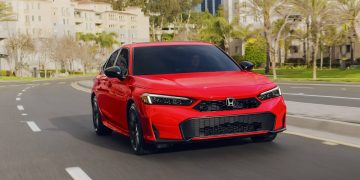
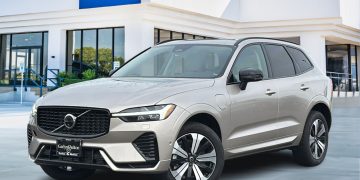


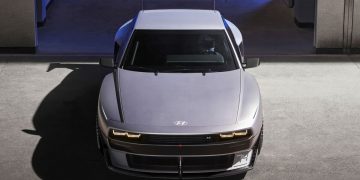

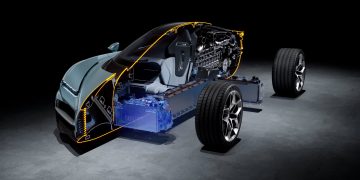





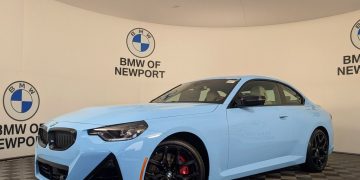

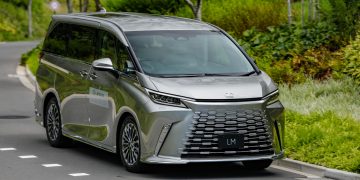

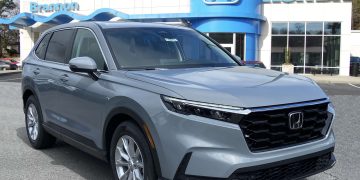


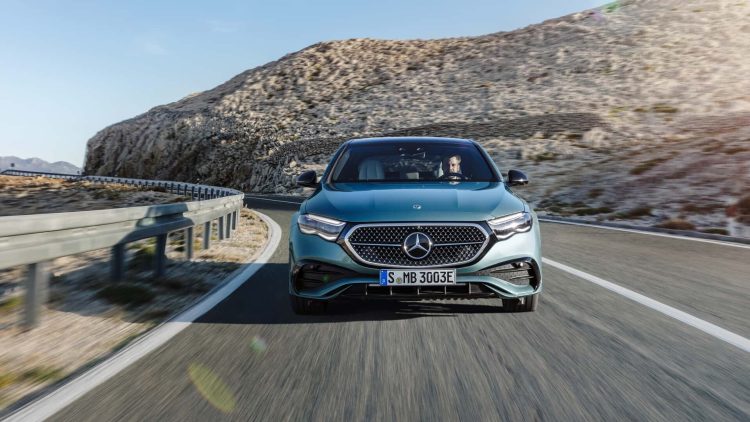












Discussion about this post